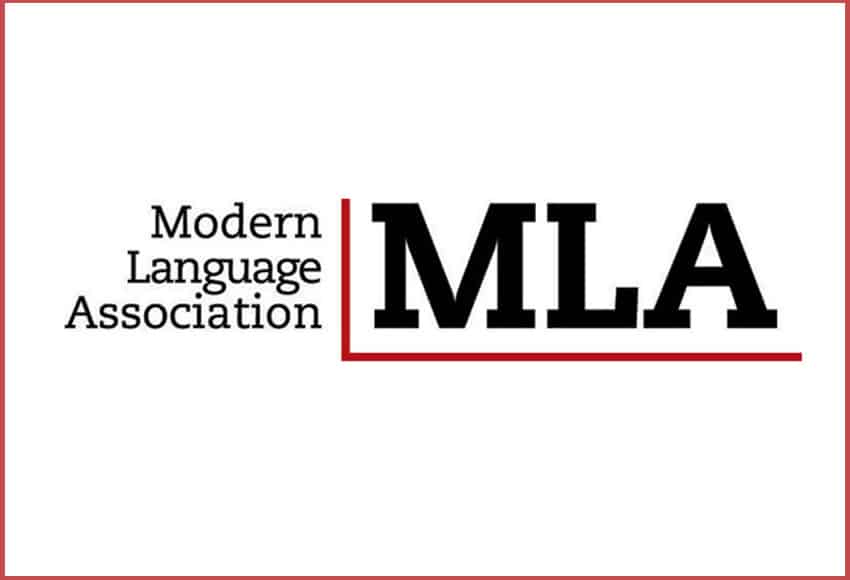Autores/as
Resumen
El presente artículo analiza el concepto de conciencia consciente. La actividad del cerebro se puede dividir generalmente en dos categorías: procesos inconscientes y aquellos que contribuyen a la construcción de la experiencia consciente. Aquello de lo que somos conscientes y experimentamos y lo que no. La comprensión de la conciencia requiere la comprensión de cuáles criterios separan a ambos. Por ello planteo un rol importante del comportamiento en esta distinción. Sugiero un medio para separar la experiencia consciente considerando el tipo de comportamiento expresable al que corresponden los procesos inconscientes.
Citas
Baars, Bernard J. A cognitive theory of consciousness. New York: Cambridge University Press, 1988. Print.
---. In the theatre of consciousness: The workspace of the mind. New York: Oxford University Press, 1997. Print.
---. “The global brainweb: An update on global workspace theory”. Science and Consciousness Review. Oct. 2003. Online.
Baumeister, Roy F, Masicampo, E. J. and Kathleen D. Vohs. “Do conscious thoughts cause behavior?” Annual Review of Psychology. Nov. 2010: 331-361. Print.
Blackmore, Susan. “There is no stream of consciousness”. Journal of Consciousness Studies. May. 2002. Print.
Bornstein, Robert F. and Thane S. Pittman, ed. Perception without awareness: Cognitive, clinical, and social perspectives. New York: Guilford Press, 1992. Print.
Botvinick, Matthew and Jonathan D. Cohen. “Rubber hand ‘feels’ what eyes see”. Nature. Feb. 1998: 756. Print.
Chalmers, David. The conscious mind: In search of a fundamental theory. New York: Oxford University Press, 1996. Print.
---. “The problem of consciousness”. Discusiones Filosóficas. Jul.-Dic. 2011: 29-59. Impreso.
Cohen, Michael A. and Daniel C. Dennett. “Consciousness cannot be separated from function”. Trends in Cognitive Science. Aug. 2011: 358-364. Print.
---. “Response to Fahrenfort and Lamme: defining reportability, accessibility and sufficiency in conscious awareness”. Trends in Cognitive Science. Jan. 2012: 139-140. Print.
Dennett, Daniel C. Consciousness explained. London: Allen LanePenguin Books, 1992. Print.
---. “Are we explaining consciousness yet?” Cognition. Apr. 2001: 221-237. Print.
Hameroff, Stuart. “The “conscious pilot”-dendritic synchrony moves through the brain to mediate consciousness”. Journal Biological Physics. Jan. 2010: 71-93. Print.
Haynes, John-Dylan and Geraint Rees. “Decoding mental states from brain activity in humans”. Nature Reviews Neuroscience. Jul. 2006: 523-534. Print.
Hickman, Waights Natalie. “Is it Intelligible that an Organism with no Pain-Behaviour should be in Pain?” Journal of Consciousness Studies. 2011: 67-93. Print.
Kalat, James W. and Michelle N. Shiota. Emotion. Belmont: Wadsworth Publishing, 2006. Print.
Koch, Christof. The quest for consciousness: A neurobiological approach. Colorado: Roberts & Company Publishers, 2004. Print.
Kuhtz-Buschbeck, Johann P., et al. “Effector-independent representations of simple and complex imagined finger movements: a combined fMRI and TMS study”. European Journal Neuroscience. Dec. 2003: 3375-3387. Print.
Lamme, Victor A. F. “Towards a true neural stance on consciousness”. Trends in Cognitive Sciences. Nov. 2006: 494-501. Print.
Levine, Joseph. “Materialism and qualia: The explanatory gap”. Pacific Philosophical Quarterly. 1983: 354-361. Print.
Moser, Edvard, et al. “Place cells, grid cells and the brain’s spatial representation system”. Annual Review of Neuroscience. Jul. 2008: 69-89. Print.
Nagel, Thomas. “What is it like to be a bat?” Philosophical Review. Oct. 1974: 435-450. Print.
Owen, Adrian M., et al. “Detecting awareness in the vegetative state”. Science. Sep. 2006: 1402. Print.
Penrose, Roger. Shadows of the mind. New York: Oxford University Press, 1996. Print.
Skrbina, David. Panpsychism in the west. Boston: MIT Press, 2007. Print.
Soon, Chun Siong, et al. “Unconscious determinants of free decisions in the human brain”. Nature Neuroscience. May. 2008: 543-545.
Stapp, Henry. Mindful universe: Quantum mechanics and the participating observer. New York: Springer-Verlag, 2007. Print.
Zeki, Semir. “Localization and globalization in conscious vision”. Annual Review of Neuroscience. 2001: 57-86. Print.

 PDF
PDF
 FLIP
FLIP





















